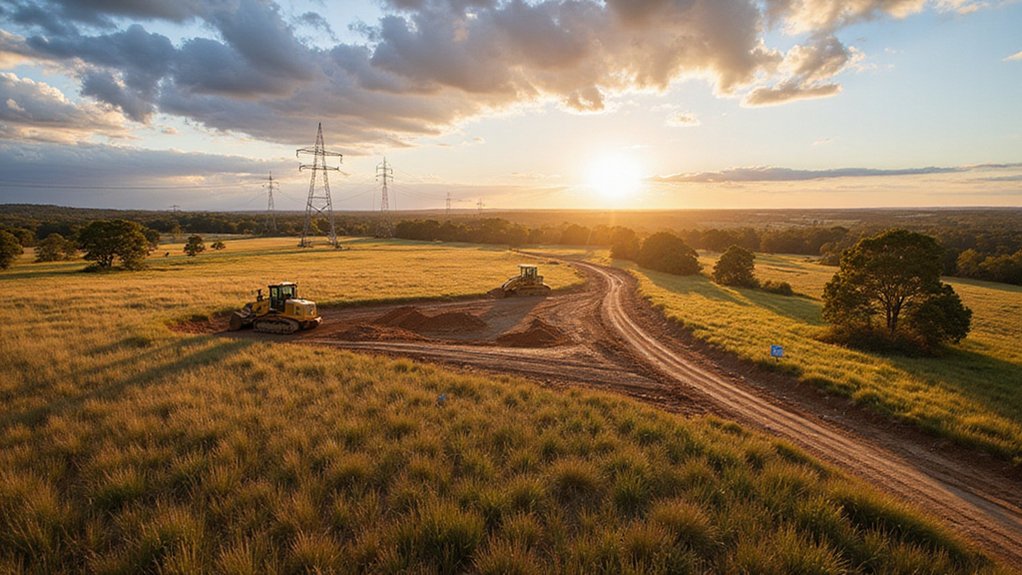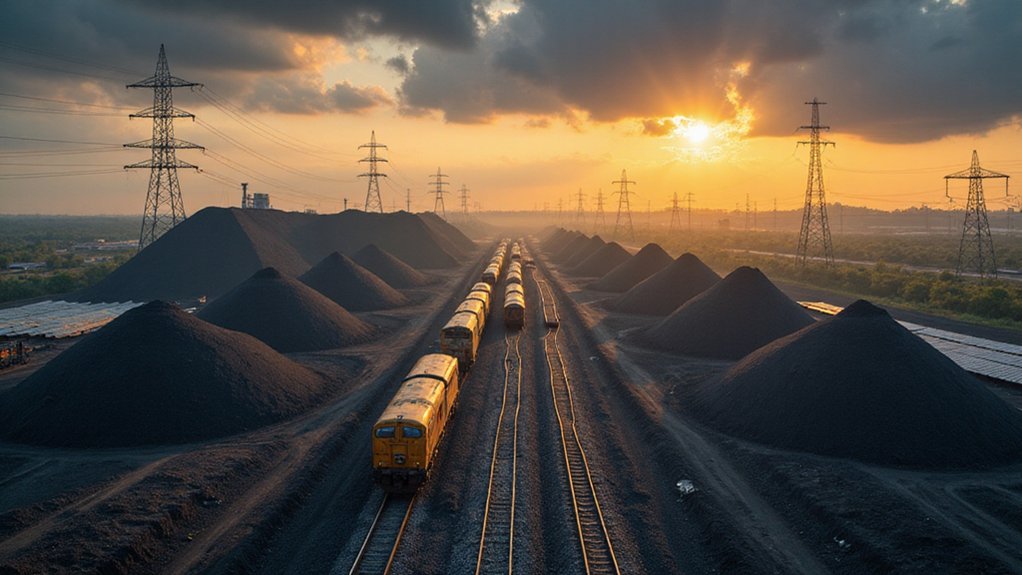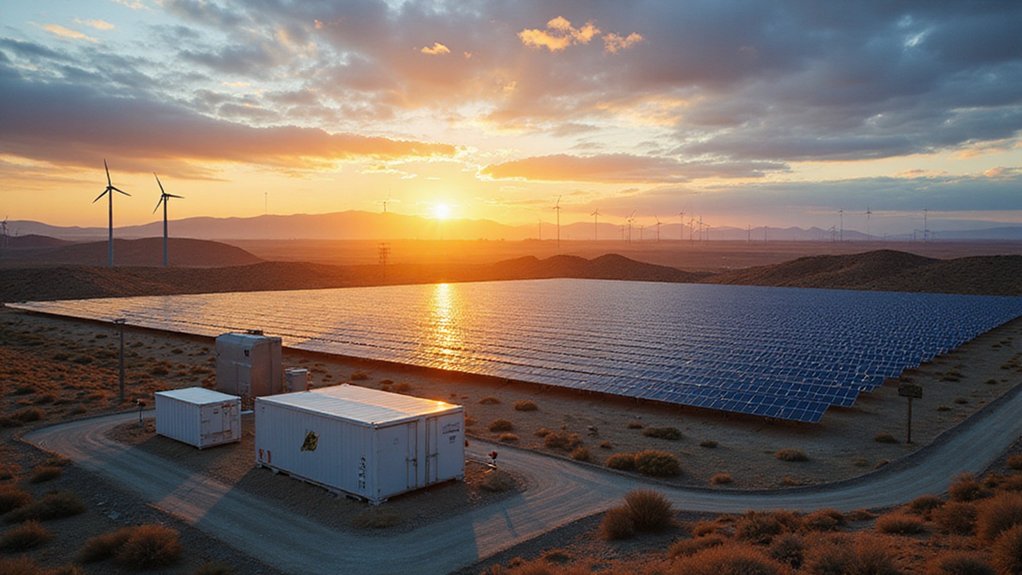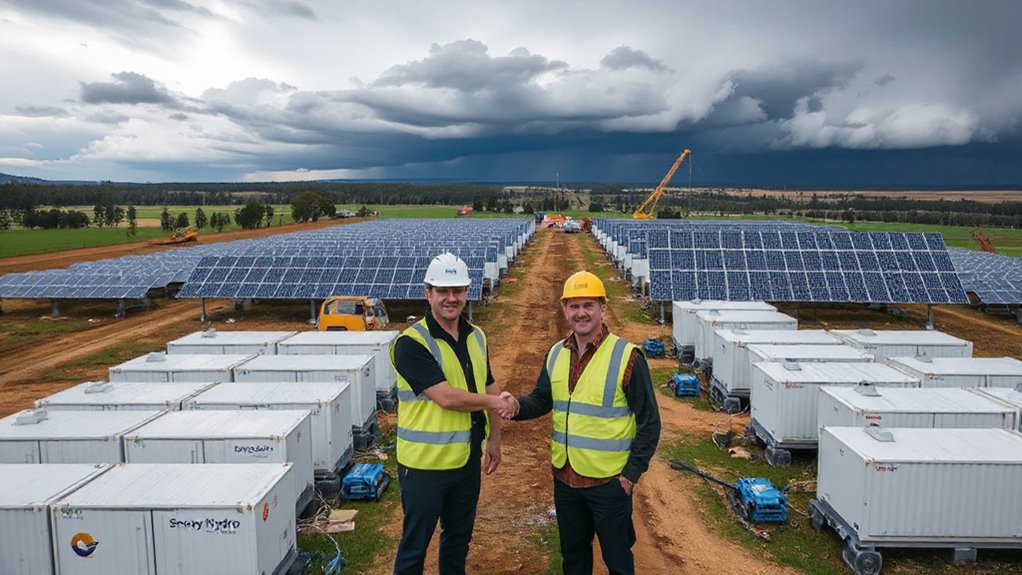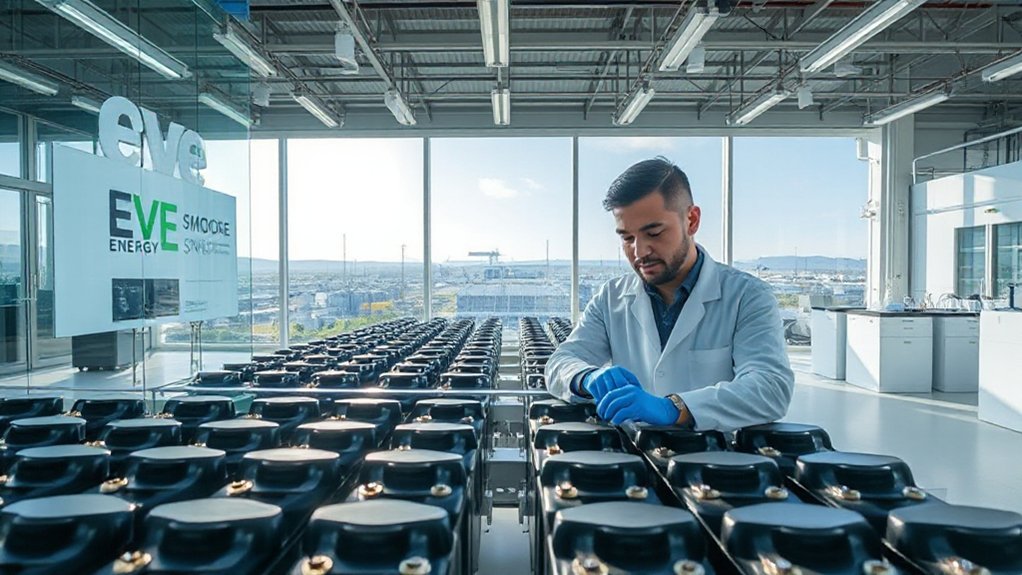Victoria is slashing through bureaucratic hurdles to fast-track battery storage projects, with the state government’s new Development Facilitation Program proving it’s serious about energy evolution. Gone are the days of endless planning panels and third-party appeals. Battery developers are rejoicing. The rest of Australia? Probably taking notes.
The Joel Joel battery project became the poster child for this streamlined approach, securing approval in just nine weeks. Nine. Weeks. That’s compared to the traditional 18-month timeline that would make even the most patient developer pull their hair out.
Nine weeks versus eighteen months. Victoria’s battery approval process is moving at lightning speed, and developers are loving it.
The 350MW/700MWh battery will be built on a 10-hectare site near Stawell, with construction expected to begin in mid-2025 and energization slated for 2027.
But Joel Joel isn’t alone. ACEnergy’s Little River project also zipped through the approval process, greenlit to build a mammoth 350MW/770MWh system southwest of Melbourne. The $350 million project strategically chose its location next to existing transmission lines. Smart move. No need for unnecessary infrastructure when you’re trying to save the planet.
ACEnergy is clearly feeling confident. They’ve got several more battery projects in the pipeline across three states, including the Gara project in New South Wales with a whopping 1,600MWh capacity. The initiative has already eliminated two-year tribunal delays that previously hindered critical infrastructure development. Somebody’s been busy.
Victoria has set ambitious energy storage targets – 2.6GW by 2030 and 6.3GW by 2035. These projects align with the global trend where grid storage capacity nearly doubled to 170 gigawatt-hours in 2024. These aren’t just numbers pulled from thin air. They support the state’s goal of 95% renewable energy by 2035.
Batteries are essential for storing all that cheap solar energy during the day for use when everyone gets home and flips on their appliances.
Not everyone’s thrilled, of course. Some locals opposed the Little River project, including TV personality Catriona Rowntree. But the government’s message is clear: the energy evolution won’t wait for endless deliberation.
The fast-track program isn’t just about batteries. The Little River project will create approximately 55 construction jobs while offering long-term benefits to the surrounding community. But energy storage is clearly the golden child of Victoria’s renewable strategy. And they’re not messing around.
References
- https://www.energy-storage.news/australias-victoria-government-fast-tracks-770mwh-bess-for-approval/
- https://www.pv-magazine-australia.com/2025/05/12/victoria-fast-tracks-approval-for-700-mwh-battery-project/
- https://reneweconomy.com.au/contested-battery-and-one-of-states-biggest-wins-fast-tracked-government-approval/
- https://reneweconomy.com.au/victorias-biggest-battery-becomes-first-project-through-new-renewables-fast-track/
- https://www.pv-magazine-australia.com/2024/09/04/victoria-gives-nod-to-700-mwh-battery-project-in-nine-weeks/
